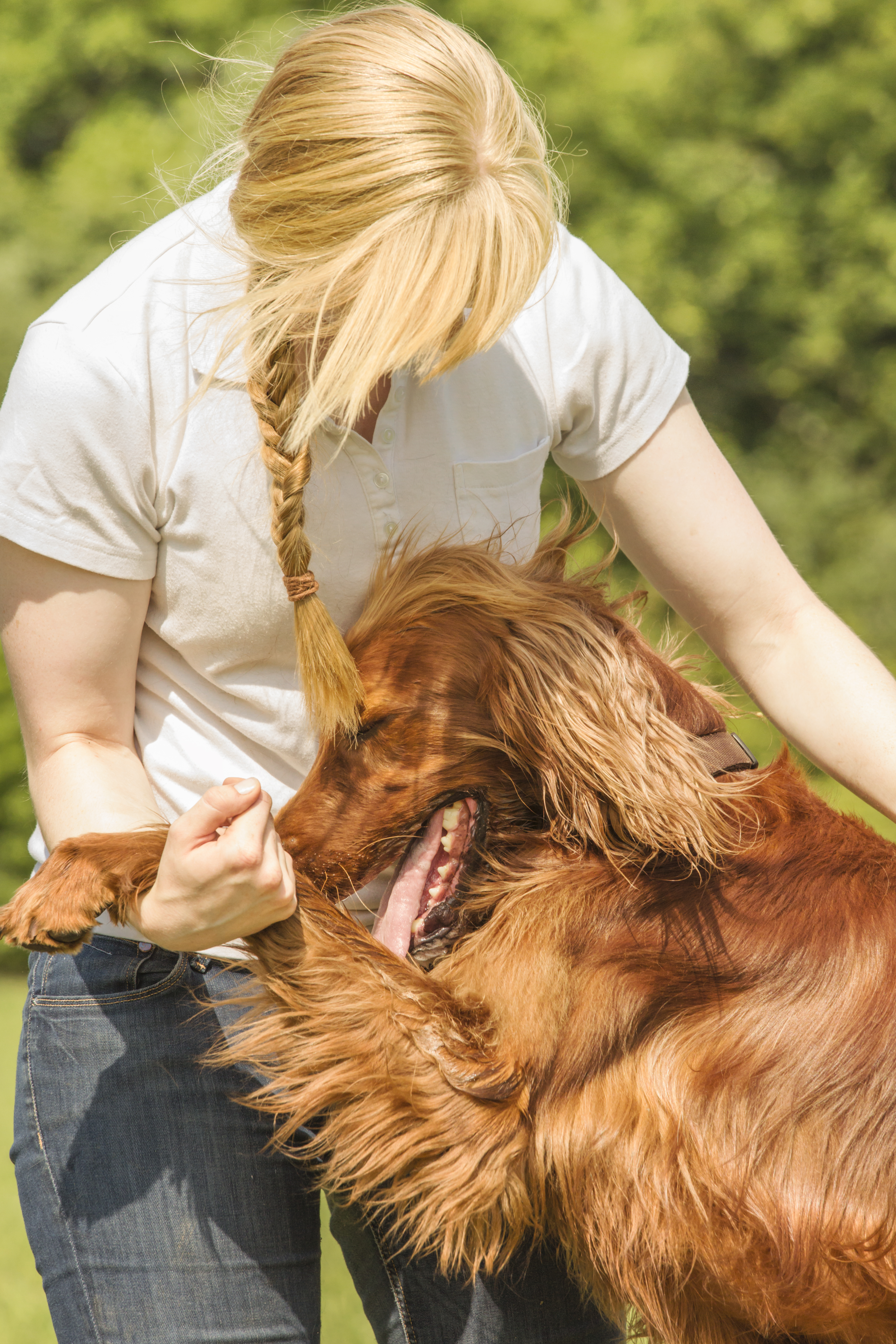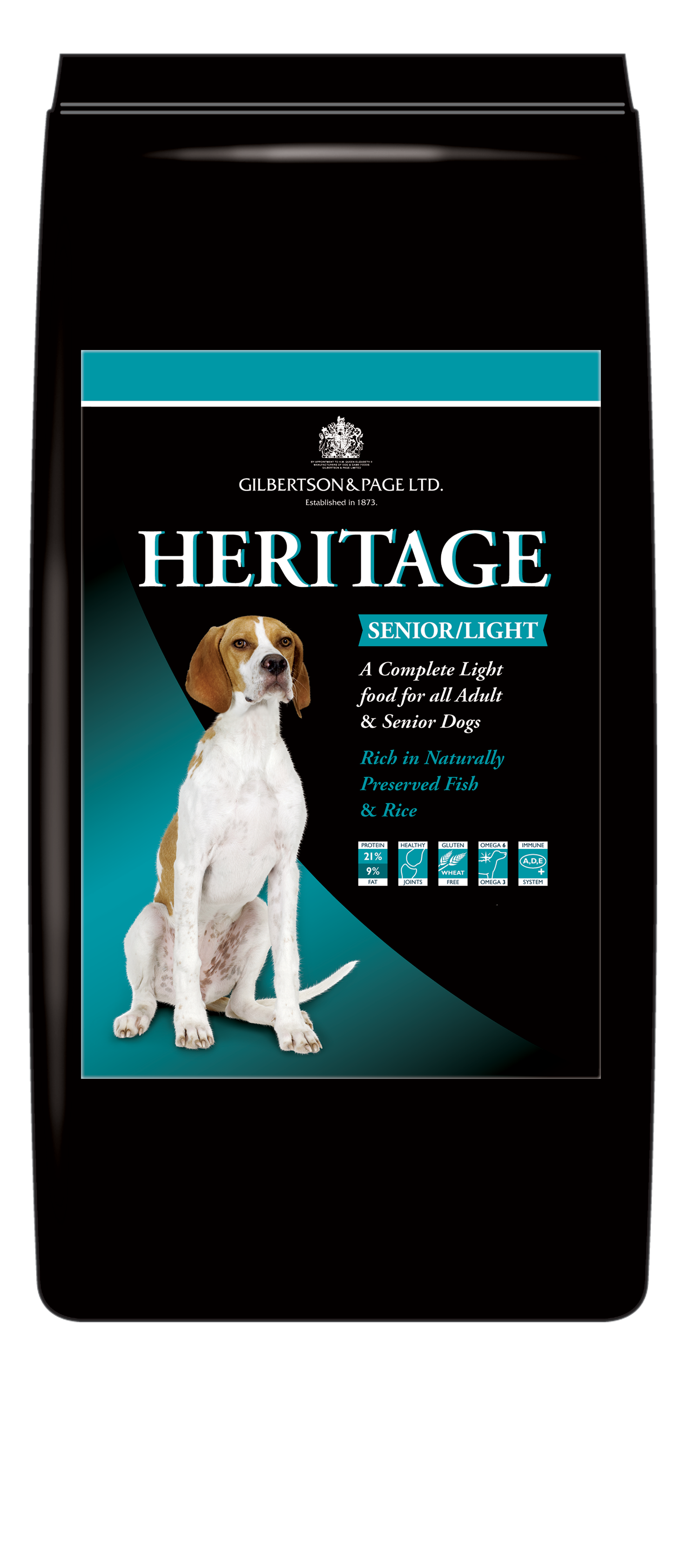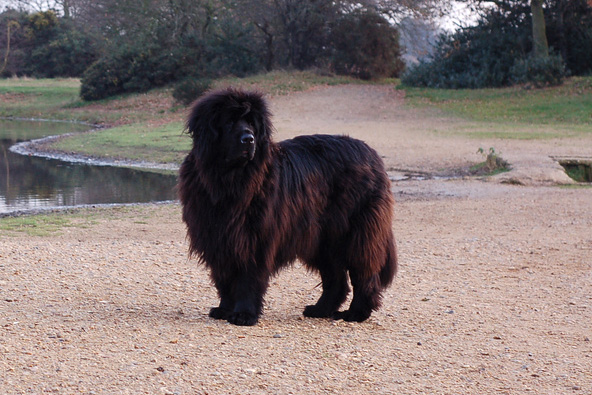Caring For Your Older Canine Companion
06/07/2015
We hope you enjoyed our recent series of articles on puppies, where we looked at those important early weeks in which good health, behaviour and all round well-being is established for the rest of a dog’s life. In this article, we’ll take a look at the other end of the spectrum and discover what you can do to help your senior dog make the most of their later years. It is at this time that you may have a variety of health issues to contend with and trips to the vet may become more frequent. Of course, diet plays just as much of an important part in a senior dog’s health as it does for a younger dog.
 There is no definitive answer to the question ‘How long will my dog live for?’ as all dogs are different with many factors affecting an individual dog’s life span. Aside from the obvious fact that different breeds have different life spans, it is also important to take into account the overall health of a dog and whether they have any medical issues.
There is no definitive answer to the question ‘How long will my dog live for?’ as all dogs are different with many factors affecting an individual dog’s life span. Aside from the obvious fact that different breeds have different life spans, it is also important to take into account the overall health of a dog and whether they have any medical issues.
In general, smaller breeds of dog tend to live longer than larger breeds, with tiny Cairn Terriers having an average life span of 14 years – approximately twice that of a Mastiff. As with all averages, it is important to remember that some dogs will die younger than the average for their breed, whilst some will live a lot longer.
Read the Signs
As your dog enters their senior years, there are several signs that you can look out for that will help you monitor your older dog. In fact, being generally vigilant to your dog’s condition and health on a daily basis, no matter what their age, is always a good idea. It will give you a good idea of what their ‘normal’ condition is, so that any changes can be monitored and acted on if necessary. Spotting symptoms of illnesses and diseases early on greatly increases your dog’s chances of fighting them off and living longer. Here are some things to look out for:
- Eyes should be bright and clear with no discharge, but as a dog ages some cloudiness in the eye may appear. Whilst cataracts are a big concern to most dog owners, in the majority of cases, this cloudiness is actually nuclear sclerosis and the dog can still see well. However, with a risk of cataract and glaucoma, it is always best to have this checked by the vet.
- You may notice that your dog doesn’t obey commands as well as they used to, or is jumpy when approached. This may signal some hearing loss, which is a normal part of ageing, but very difficult to diagnose.
- Apart from greying of the muzzle and around the eyes, your dog’s coat may moult more and their skin may be thinner and more prone to injury. If they aren’t getting much exercise and spend a lot of time lying down on a hard surface, they may also develop callouses on their elbows.
- Dental disease is very common in all dogs, but particularly in older dogs. This can cause problems with chewing and consequently digesting food.
- Your dog may be more reluctant to go out for walks, preferring to stay in the warmth and rest, and they may not be able to climb or jump up as easily. Stiffness and reluctance to move about with their normal vigour can all be signs of the onset of arthritis. In addition to seeking your vet’s advice, a feed like Gilpa Kennel with green-lipped muscle extract offers joint-relief through glucosamine and chondroitin.
- With a decrease in activity, you will then likely notice an increase in weight. Your dog may lose their ‘waist’ and fatten up around their middle and you’ll no longer be able to feel their ribs through the flesh on their abdomen. Light, regular exercise will help, as will switching to a specific senior food, such as Heritage Senior, that offers lower protein and fat levels alongside beneficial dietary additions.
- Older dogs find it harder to cope with stress than younger dogs, which can lead to behavioural changes such as barking, separation anxiety and aggression.
Taking It Easy
If this all sounds very doom and gloom, don’t despair. There are lots of ways to make life easier for your older dog, and therefore the whole family, as they progress through their senior years.
- Frequent trips to the vet are essential, where they will be regularly checked for tumours, illnesses, eye problems and other issues, before discussing any necessary treatment and medication that may help your dog.
- Maintaining some gentle exercise is important. You could try making walks shorter, but more frequent, or playing games in the garden or yard if you have one. Swimming will put less strain on stiff joints. Games in the home that provide mental stimulation will stop your senior dog growing bored.
- Regular teeth cleaning to reduce dental disease to a minimum will help mouth hygiene.
- A comfortable, warm bed in a quiet area will give your dog plenty of opportunity to rest stiff joints after exercise and have peace and quiet when they need it. The undisturbed time will help combat any behavioural changes, whilst the warmth will help them cope with an increased sensitivity to the cold.
- Introducing hand commands alongside voice commands in the puppy days will help greatly when a dog is ageing and can no longer hear as well as they used to. Ensuring that your dog is never approached suddenly from behind can prevent a dog being frightened, and therefore possibly aggressive, in situations where they haven’t heard someone coming.
 Diet Plays A Key Role
Diet Plays A Key Role
An older dog that isn’t as active may need to eat less in quantity than a younger dog, but they still require a nutritionally-balanced diet that has been carefully and conscientiously designed to cater for the specific health needs of senior dogs. Whilst they are likely to need less protein and fat content in their diet than a dog that is burning energy in vigorous exercise or work, some fats and oils still play a part in a healthy diet, aiding skin and coat health as well as brain well-being. Gilbertson and Page’s Heritage Senior has an overall fat content of 9%, lower than the 15% in their working adult dog food, but it contains Omega 6:3 for those vital fatty acids.
The protein comes from white fish, whilst rice makes up the majority of the carbs, making this a very easily digestible food for older dogs who may not be able to chew as effectively as they used to. Supplements of New Zealand green-lipped mussel extract (a natural source of glucosamine and chondroitin) and orthosilicic acid are hugely beneficial to an ageing dog’s stiffening joints.
Feeding to condition rather than by pack guidelines comes into its own when you’re feeding a senior dog. Regular weigh-ins combined with monitoring your dog’s physical condition should enable you to alter their portion sizes accordingly. You should be able to feel their ribs through their flesh when you press lightly on their abdomen and when you look at them from above they should have a nice ‘line’, tapering to a ‘waist’ before their hips.
In their senior years, it is time to repay the loyal friendship that your dog has given you by making sure that their life is as easy, comfortable and as full of health and vitality as you can make it. Hopefully, we’ve provided some useful background if you’re heading into ‘senior’ territory for the first time.



